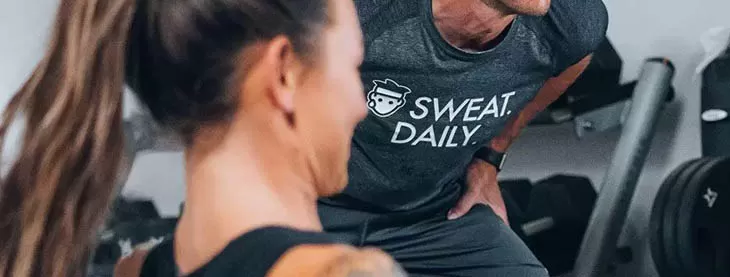
Is dtf printing good quality, or is it just a fad?
A relative newcomer to the world of printing, DTF is taking the industry by storm. It can often be confused with DTG printing but the processes are quite different. As with any new print method, customers can be cautious of the results when they are spending time and money on custom garments. This article will break down the DTF process and the quality of the results so you can make an informed decision on using DTF printing for your brand.
What is DTF printing?
DTF or Direct to Film printing, is essentially a new form of transfer printing. The versatility and lower cost means that we’re seeing more customers asking about the process and more printers adding it to their repertoire. In contrast to traditional transfer printing methods such as vinyl or heat transfers, DTF printing is a weedless and cut-less method. This means that DTF can accommodate more intricate designs than other transfer printing methods.
Using a DTF printer, a digital design is printed onto special transfer paper using the CMYK colour model and water-based inks. A layer of white ink is added on the backing of the print to ensure that the design stands out even on dark colours. After the design has been printed, it is shaken in an adhesive powder which melts into a waxy substance once cured; this then becomes the adhesive which binds the print to the garment. Using a heat press, the print is then placed by the printer onto the garment and pressed at a high heat for 30 seconds.
Is DTF printing good quality?
DTF printing is becoming known for its durability on a range of garments. Similarly to DTG printing, during the application process the DTF ink penetrates deep into the fabric and becomes bonded to the garment. This bonding process means that the DTF prints are highly resistant to cracking, peeling or fading which traditional transfer prints have been known to do.
Due to the white ink base applied to all DTF prints, the prints are vibrant and detailed. By making sure that the garments are washed at a lower temperature, the DTF prints will remain vibrant and last as long as the garment itself.
What are the benefits of DTF printing?
Combining the fast process and low costs of transfer printing with the quality of DTG printing, DTF is becoming a favoured method for smaller orders and unconventional materials.
As the print is first applied onto transfer paper rather than straight onto the garment, it can be used on almost any fabric including cotton, polyester, silk, hemp and Elastane. As long as the material can hold up under the high temperatures used in the application process and can fit under a heat press, DTF can be used on the fabric. In contrast, other popular print methods can only be used on a small range of fabrics such as DTG on cotton and sublimation printing on polyester.
In addition to unconventional fabrics, DTF is a great option for unconventional products such as duffel bags, laptop cases and beanie hats. The manual application process means that the garment does not need to be entirely flat unlike with DTG printing and the print can be placed onto almost any area of the garment.
DTF printed garments do not need to be pre-treated as with DTG printed products. Combining this with the fewer materials required for the process, cheaper equipment and the quick application time, the print method is both faster and cheaper than some other print methods. This means that it is a great option for both smaller quantities and bulk orders.
The lack of weeding required in the process means that DTF is great for intricate and photo-realistic designs and the digital printing and curing of the designs ensures that the prints are vibrant and durable. DTF printing is a great option for black-on-black designs which are becoming popular. The raised texture and slightly shiny look to the prints provides contrast between them and the garment which ensures the subtle contrast required for black-on-black designs as opposed to DTG printing where the soft texture of the print works against the visibility of the design.
Whilst DTF printing may be new to the custom clothing scene, it is here to stay. Printers have been raving about the easy application process, quick lead times and lower cost and, in turn, customer feedback shows that the vibrant prints, durability and suitability for a range of fabrics is making DTF printing a firm favourite.

